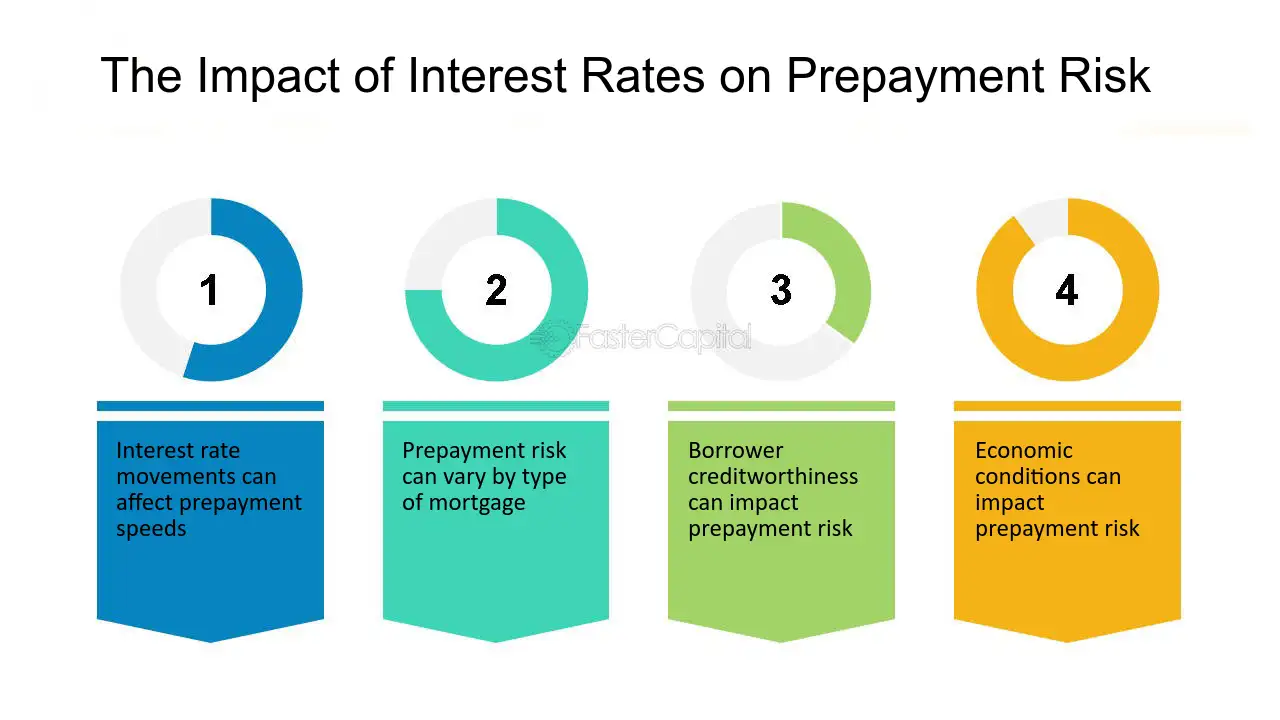Definition of Prepayment Risk

Prepayment risk refers to the risk associated with the early repayment of a loan or the early redemption of a bond by the borrower or issuer, respectively. It is a significant concern for investors in fixed-income securities, as it can affect the expected cash flows and returns on their investments.
When borrowers or issuers decide to prepay their loans or redeem their bonds before their scheduled maturity dates, it can have both positive and negative implications. On one hand, prepayment can be advantageous for borrowers or issuers if they can refinance at lower interest rates or take advantage of better investment opportunities. On the other hand, it can be detrimental to investors who were expecting to receive interest payments for the full term of the loan or bond.
Consequences of Prepayment Risk
1. Reduced Yield: Prepayment risk can lead to a reduction in yield for investors. When borrowers prepay their loans or mortgages, they effectively shorten the duration of the investment. This means that investors receive their principal back earlier than expected, which can result in a lower overall return. The reduced yield can be particularly challenging for investors who rely on steady income streams from their fixed income investments.
2. Reinvestment Risk: Prepayment risk also introduces reinvestment risk for investors. When borrowers prepay their loans, investors are left with a lump sum of cash that needs to be reinvested. However, the prevailing interest rates at the time of reinvestment may be lower than the original interest rate on the prepaying loan. This can result in lower returns on reinvested funds and can be especially problematic in a low-interest-rate environment.

Emily Bibb simplifies finance through bestselling books and articles, bridging complex concepts for everyday understanding. Engaging audiences via social media, she shares insights for financial success. Active in seminars and philanthropy, Bibb aims to create a more financially informed society, driven by her passion for empowering others.
